Themed collection Sensor Targets

Sensor targets
Guest editors Christopher J. Chang, Thorfinnur Gunnlaugsson and Tony D. James introduce the Sensor Targets issue of Chemical Society Reviews

Chem. Soc. Rev., 2015,44, 4176-4178
https://doi.org/10.1039/C5CS90058A
Current developments in fluorescent PET (photoinduced electron transfer) sensors and switches
A fluorophore can be combined with a receptor according to a molecular engineering design in order to yield fluorescent sensing and switching devices.

Chem. Soc. Rev., 2015,44, 4203-4211
https://doi.org/10.1039/C4CS00334A
Luminescent cation sensors: from host–guest chemistry, supramolecular chemistry to reaction-based mechanisms
This highlight provides a brief overview on luminescent cation detection strategies derived from a wide variety of organic and organometallic architectures, including those based on the ion-receptor complementarity, integrated with the extension of the concept of supramolecular chemistry and those using the irreversible analyte-specific reactions.
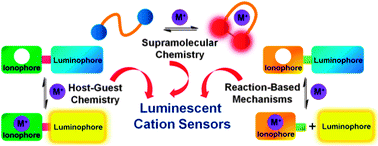
Chem. Soc. Rev., 2015,44, 4192-4202
https://doi.org/10.1039/C4CS00391H
Small molecule-based ratiometric fluorescence probes for cations, anions, and biomolecules
Quantitative determination of specific analytes is essential for a variety of applications ranging from life sciences to environmental monitoring.
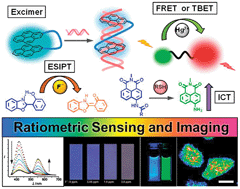
Chem. Soc. Rev., 2015,44, 4185-4191
https://doi.org/10.1039/C4CS00280F
Stability enhancement of fluorophores for lighting up practical application in bioimaging
In this Highlight, we emphasize some representative strategies including nanoparticle-encapsulating dyes, dye-doped nanoparticles and molecular engineering for stabilizing fluorophores.

Chem. Soc. Rev., 2015,44, 4179-4184
https://doi.org/10.1039/C4CS00152D
Gas sensing using porous materials for automotive applications
The use of zeolites and metal–organic frameworks in the sensing of gases emitted from automobile exhausts is reviewed.
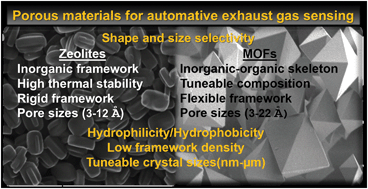
Chem. Soc. Rev., 2015,44, 4290-4321
https://doi.org/10.1039/C5CS00040H
Recent developments in carbon nanomaterial sensors
The structural diversity of carbon nanomaterials provides an array of unique electronic, magnetic and optical properties, which when combined with their robust chemistry and ease of manipulation, makes them attractive candidates for sensor applications. In this review recent developments in the use of carbon nanoparticles and nanostructures as sensors and biosensors are explored.
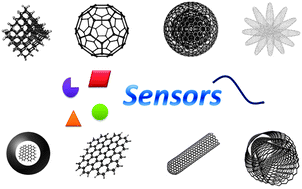
Chem. Soc. Rev., 2015,44, 4433-4453
https://doi.org/10.1039/C4CS00379A
Protein recognition using synthetic small-molecular binders toward optical protein sensing in vitro and in live cells
This review describes the recognition and sensing techniques of proteins and their building blocks by use of small synthetic binders.
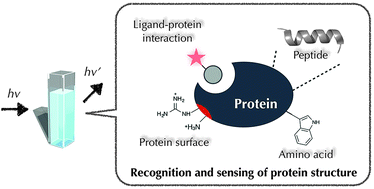
Chem. Soc. Rev., 2015,44, 4454-4471
https://doi.org/10.1039/C4CS00381K
Optical probes for the detection of protons, and alkali and alkaline earth metal cations
Luminescent sensors and switches continue to play a key role in shaping our understanding of key biochemical processes, assist in the diagnosis of disease and contribute to the design of new drugs and therapies.
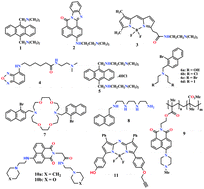
Chem. Soc. Rev., 2015,44, 4415-4432
https://doi.org/10.1039/C4CS00365A
Synthetic fluorescent probes for studying copper in biological systems
This review surveys fluorescent probes for copper, emphasizing desirable criteria for their effective use for discovery and study of new metal biology.
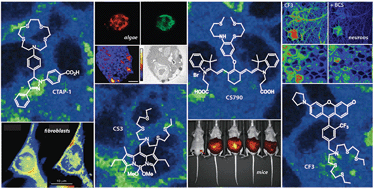
Chem. Soc. Rev., 2015,44, 4400-4414
https://doi.org/10.1039/C4CS00346B
Fluorescence sensing systems for gold and silver species
Here, we provide an overview of the reported fluorescent detection systems for gold and silver species, and discuss their sensing properties with promising features.
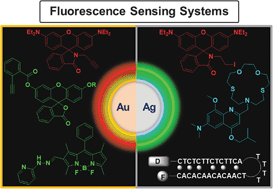
Chem. Soc. Rev., 2015,44, 4367-4399
https://doi.org/10.1039/C4CS00328D
Fluorescent, MRI, and colorimetric chemical sensors for the first-row d-block metal ions
This critical review focuses on the development of fluorescent sensors (fall into three classes: “turn-off”, “turn-on”, and ratiometric), colorimetric sensors, and responsive MRI contrast agents for the first-row d-block metals (except Cu and Zn): Cr, Mn, Fe, Co, and Ni (242 references).

Chem. Soc. Rev., 2015,44, 4337-4366
https://doi.org/10.1039/C4CS00285G
Poly(aryleneethynylene)s (PAE) as paradigmatic sensor cores
What you need to know about poly(aryleneethynylene)s as sensory materials. A tutorial of fundamental properties and new developments since 2009.

Chem. Soc. Rev., 2015,44, 4322-4336
https://doi.org/10.1039/C4CS00267A
Luminescent sensors based on quantum dot–molecule conjugates
We illustrate the principles underlying the rational construction of luminescent sensors by combining semiconductor nanocrystal and molecular components, and describe the representative examples of sensors for ionic and molecular analytes.
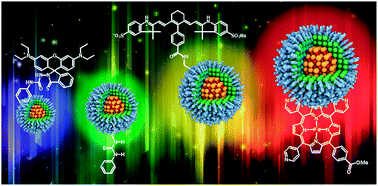
Chem. Soc. Rev., 2015,44, 4275-4289
https://doi.org/10.1039/C4CS00400K
Cell surface-based sensing with metallic nanoparticles
Nanoparticles provide versatile platforms for cell-surface sensing for diagnostic and screening applications.

Chem. Soc. Rev., 2015,44, 4264-4274
https://doi.org/10.1039/C4CS00387J
Optical chirality sensing using macrocycles, synthetic and supramolecular oligomers/polymers, and nanoparticle based sensors
Recent advances in four classes of non-small-molecule based chirality sensors are reviewed.
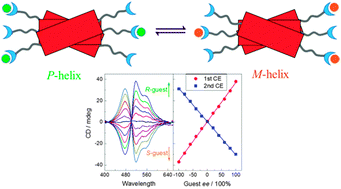
Chem. Soc. Rev., 2015,44, 4249-4263
https://doi.org/10.1039/C4CS00531G
Probing disease-related proteins with fluorogenic composite materials
We summarise the development and application of fluorogenic composite materials (FCMs) based on graphene oxide (GO), carbon nanotubes (CNTs) and gold nanoparticles (AuNPs) for detection of disease related proteins on both the molecular and cellular levels.
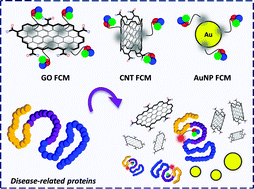
Chem. Soc. Rev., 2015,44, 4239-4248
https://doi.org/10.1039/C4CS00252K
Biosensing by luminogens with aggregation-induced emission characteristics
This tutorial review outlines the concept of aggregation-induced emission and its utility in biosensing applications.
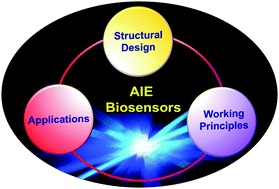
Chem. Soc. Rev., 2015,44, 4228-4238
https://doi.org/10.1039/C4CS00325J
Anion sensing by small molecules and molecular ensembles
This Tutorial Review provides a short survey of anion sensing by small molecule anion receptors, molecular ensembles and chemodosimeters.
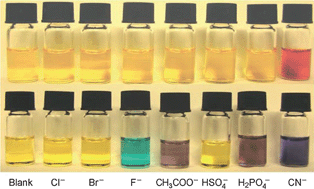
Chem. Soc. Rev., 2015,44, 4212-4227
https://doi.org/10.1039/C4CS00179F
About this collection
This issue is part of a two-part themed issue series of Chemical Society Reviews on Sensor Targets and Imaging Agents which has been guest edited by Chris Chang, Thorri Gunnlaugsson and Tony James. This themed issue on sensor targets will contain an exciting mix of reviews focussing on small organic or transition metal receptors. It will also include a selection of overview articles by leaders in the field, introducing each sub-topic of the issue; anions, cations, biomolecules/macromolecules, f-metal ion and materials. New articles will be added to this collection as they are published.